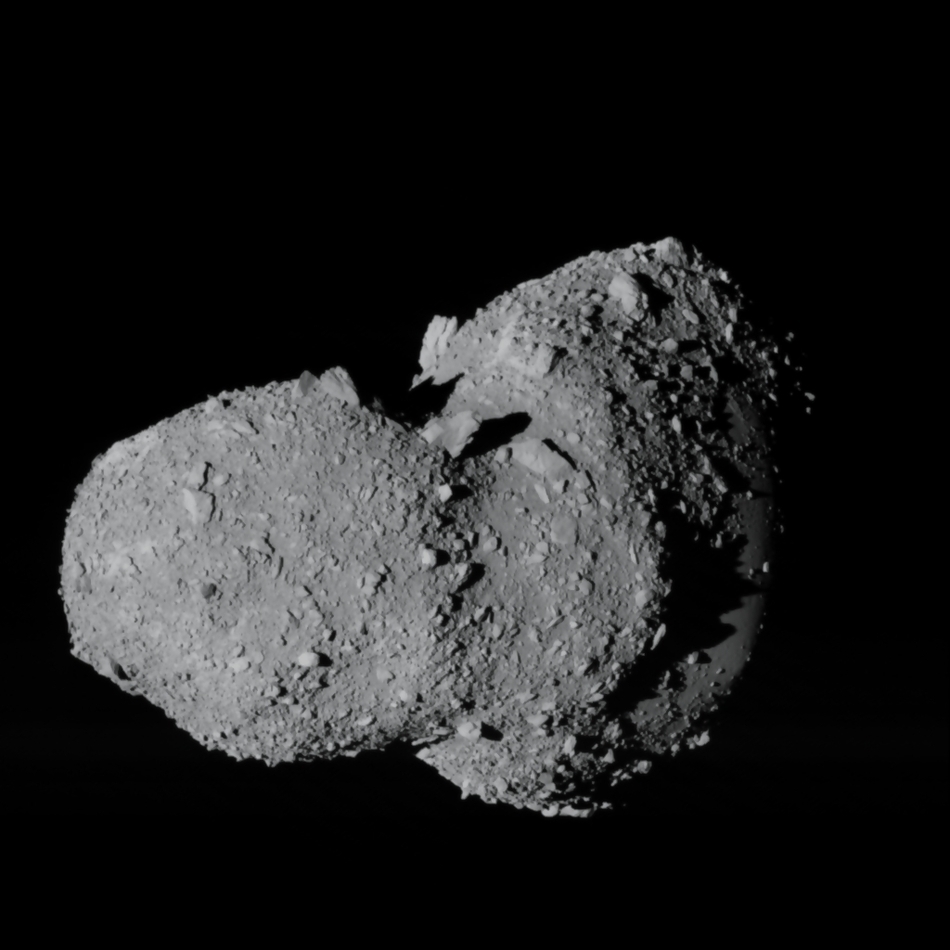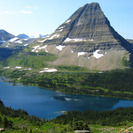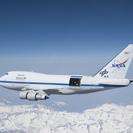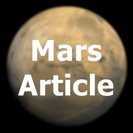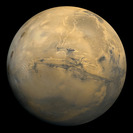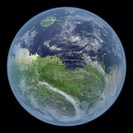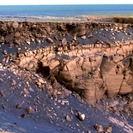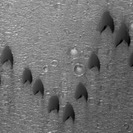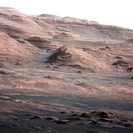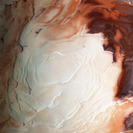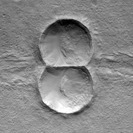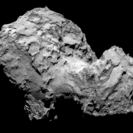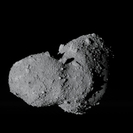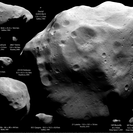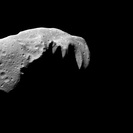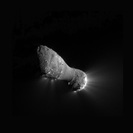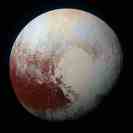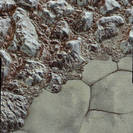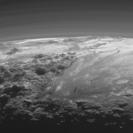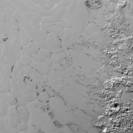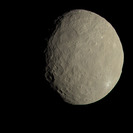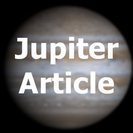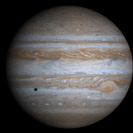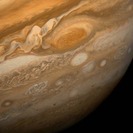This is a potentially dangerous asteroid since, on its orbit around the Sun, Itokawa crosses the Earth's orbit, making it a so-called Apollo asteroid. Fortunately it's only potentially dangerous; it will not collide with the Earth in the next millennium but it will probably collide with Venus, Earth or Mars within the next few million years. Itokawa is a type of asteroid that is composed of many smaller pieces that are only loosely bound together. They are the remnants of bigger asteroids that have been destroyed during collisions in the past. Itokawa has a length of approximately 500 metres; the biggest rocks you can see on this image are the size of larger buildings. The Japanese space probe Hayabusa has visited the asteroid and returned with some 1500 small grains, confirming that this dust is identical to the material that makes up meteorites. Itokawa matches the composition of an LL chondrite, making it an S-type asteroid.
If interested, read more about: Asteroids, meteoroids, meteors, meteorites, comets